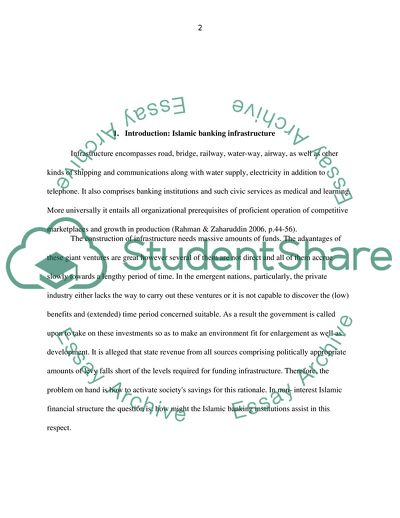Cite this document
(Islamic Banking and Finance Infrastructure Institutions Assignment, n.d.)
Islamic Banking and Finance Infrastructure Institutions Assignment. https://studentshare.org/finance-accounting/1875437-islamic-banking-and-finance-infrastructure-institutions
Islamic Banking and Finance Infrastructure Institutions Assignment. https://studentshare.org/finance-accounting/1875437-islamic-banking-and-finance-infrastructure-institutions
(Islamic Banking and Finance Infrastructure Institutions Assignment)
Islamic Banking and Finance Infrastructure Institutions Assignment. https://studentshare.org/finance-accounting/1875437-islamic-banking-and-finance-infrastructure-institutions.
Islamic Banking and Finance Infrastructure Institutions Assignment. https://studentshare.org/finance-accounting/1875437-islamic-banking-and-finance-infrastructure-institutions.
“Islamic Banking and Finance Infrastructure Institutions Assignment”. https://studentshare.org/finance-accounting/1875437-islamic-banking-and-finance-infrastructure-institutions.


